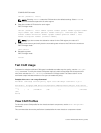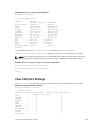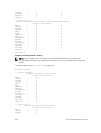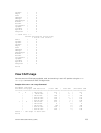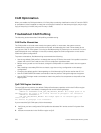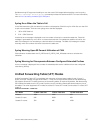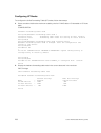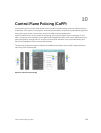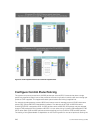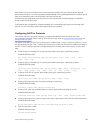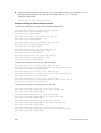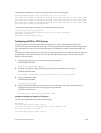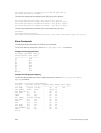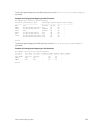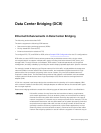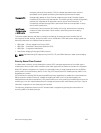
Figure 26. CoPP Implemented Versus CoPP Not Implemented
Configure Control Plane Policing
The system can process a maximum of 4200 packets per second (PPS). Protocols that share a single
queue may experience flaps if one of the protocols receives a high rate of control traffic even though per
protocol CoPP is applied. This happens because queue-based rate limiting is applied first.
For example, border gateway protocol (BGP) and internet control message protocol (ICMP) share same
queue (Q6); Q6 has 400 PPS of bandwidth by default. The desired rate of ICMP is 100 PPS and the
remaining 300 PPS is assigned to BGP. If ICMP packets come at 400 PPS, BGP packets may be dropped
though ICMP packets are rate-limited to 100 PPS. You can solve this by increasing Q6 bandwidth to 700
PPS to allow both ICMP and BGP packets and then applying per-flow CoPP for ICMP and BGP packets.
The setting of this Q6 bandwidth is dependent on the incoming traffic for the set of protocols sharing the
240
Control Plane Policing (CoPP)



